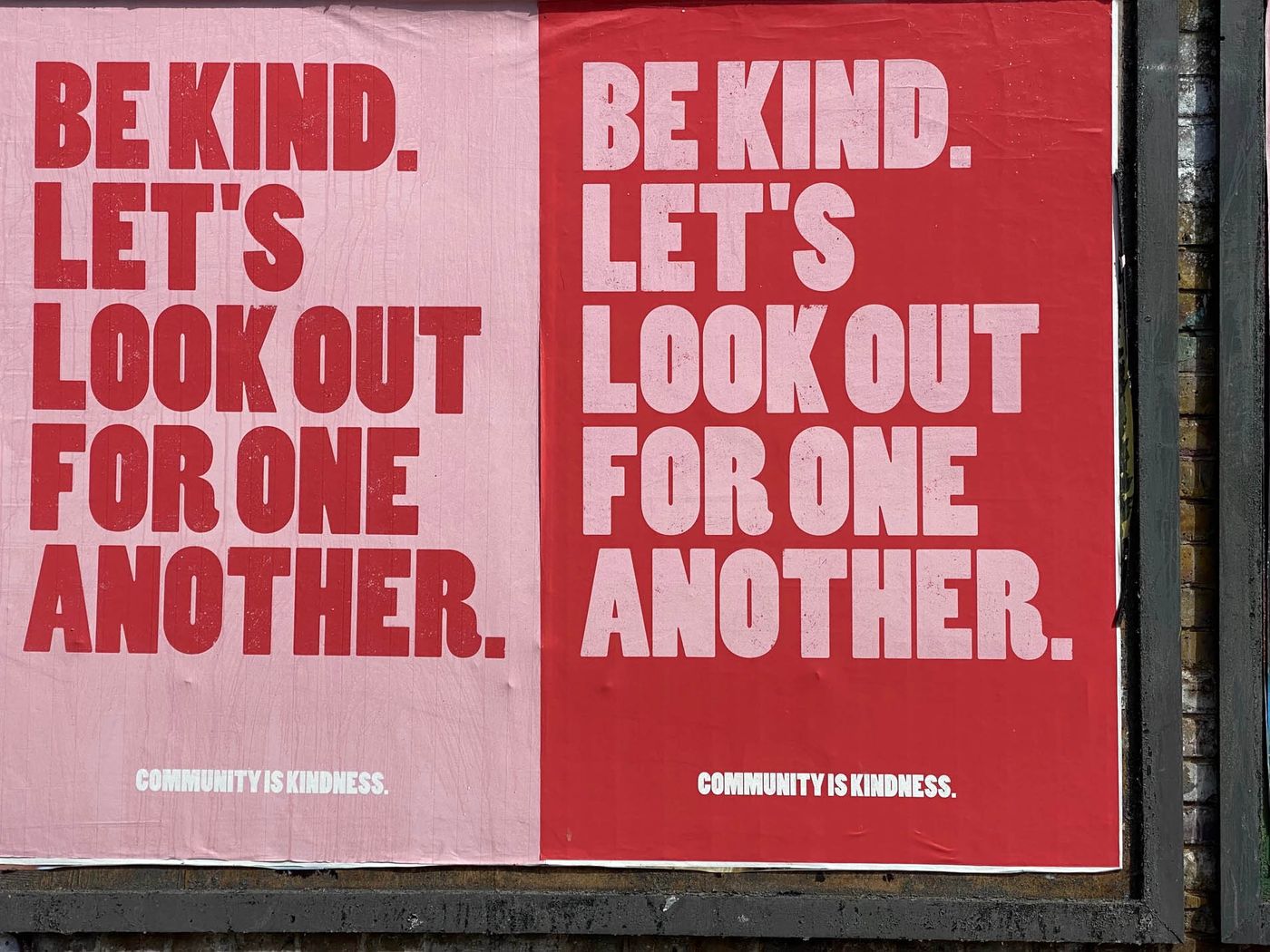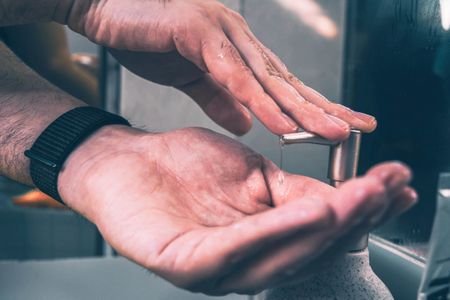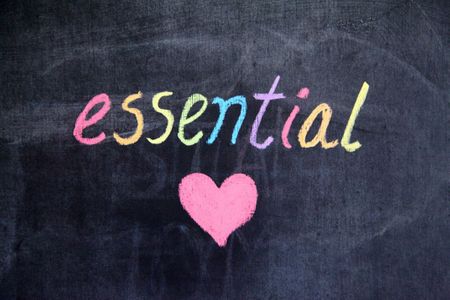Planning Task 1
Create a resource listing of social and emotional resources for children, families, and staff. Include this on the website and Facebook page.
Planning Task 2
Determine ways to celebrate resilience and resourcefulness
Planning Task 3
Create DVDs that provide specific and practical resources for exercise, meditation, mindfulness, and yoga. Draw on the expertise of your staff
Planning Task 4
Develop a communication and social connection plan for clients and staff. Ensure all staff are participating with each other and with clients.
Planning Task 5
Assign some reading material. Have virtual discussions.
Planning Task 6
Do we need a communications manager to oversee this? To help create calming and upbeat messages? Should this be immediate or a long-term strategy?
In your plan for your organization, your clients, community, and staff – did you plan for the social and emotional needs of yourself?
Did You Plan for Yourself?
Up to this point, I have focused on the social and emotional needs of others. Effective leaders must also take care of themselves. As a Head Start leader, I often neglected myself – telling myself “when I have time, when the community assessment is completed, when the refunding grant is submitted.” Slowly, but surely, I became less effective. Through a series of unfortunate events I began searching for ways to regain my balance. It was important for me, my family, my team.
Tom Rath, the best-selling author of Eat, Move, Sleep has excellent resources on the foundations of self-care. Invest in yourself and create a personalized eat, move, sleep plan. Building on this healthy foundation, it is important for you to have recovery practices. Gratitude journals, meditation practices, yoga, breathing exercises, all are important for your staff, and are just as necessary for you as a leader. BJ Fogg, provides an effortless way of creating and maintaining healthy habits and calming techniques, even in the middle of a pandemic, through a strategic use of Tiny Habits.
The best habit ever: eat a small piece of dark chocolate every morning.
Maintaining optimism in the face of adversity, what Hemingway called ‘grace under pressure’ is the mark of a true leader. There are multiple resources on happiness and optimism. Happiness and optimism are key resources in a time of crisis. Being optimistic does not mean ignoring reality. Being optimistic means knowing that together we can survive this. Having hope for a better future means we will thrive.
Stay safe, stay well, stay connected.




